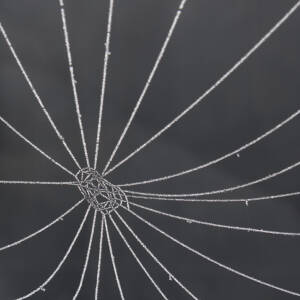Binary
I went with a group of friends to the exhibition at Tate Britain, 'Now You See Us - Women Artists in Britain 1520–1920'. Utterly engrossing. I was moderately aware of women artists battling to overcome exclusion and prejudice from the 19th century onwards but what I hadn't seen before was much earlier pictures where women were painting similar subject matter to men but with such a different emphasis. I just stared and stared at the seventeenth century paintings. For the most part this is not a period of art that grabs me (apart from Rembrandt) with its demure portraits of women looking downwards but Artemesia Gentileschi's painting (c. 1638) of Susanna and the Elders transfixed me. There was me, and every other woman I know, at danger from two predators, knowing she had seconds to work out how to escape by appeasing and not enraging them.
I've seen pictures of this story before (Susanna, bathing in privacy, is spied on by two elders who attempt to sexually assault her. When she resists the men accuse her of adultery. Susanna is arrested and is about to be put to death until the men are questioned and her innocence is revealed), all by men, including Rembrandt, but have never been engaged. This time I was shaken: I felt the fear, the alertness, the vulnerability and the power.
What was different about all the other portraits from this period was the women's eyes, straight and confident, not avoiding a male gaze. I realise that feminist art history has been addressing this for years, but it was my introduction.

Comments
Sign in or get an account to comment.


